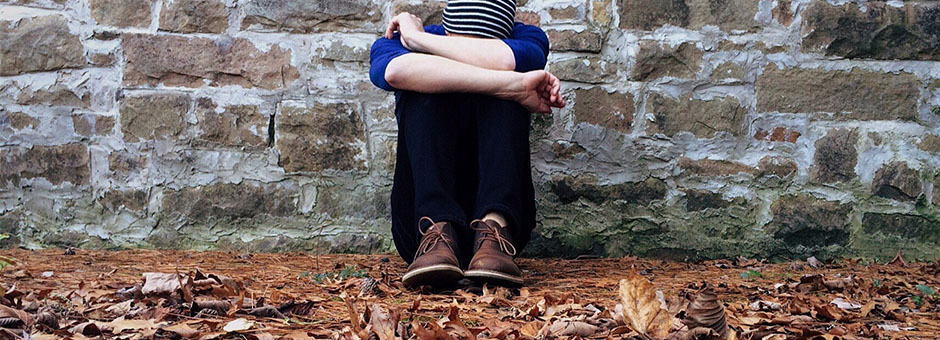
Author: Oscar Talaro, Administrative Analyst III, County of San Diego Behavioral Health Services
September is National Suicide Prevention Awareness Month; a time to share resources and personal stories in an effort to shed light on this highly “taboo and stigmatized” topic. It is also an opportunity to reach out to those affected by suicide, raise awareness and assist individuals with suicidal thoughts to discover treatment services.
Pain isn’t always obvious. Even surrounded by family and friends someone can feel isolated and alone; even successful in school and at work, someone can feel hopeless and without purpose; even with a smile on their face, someone can feel deep sadness and depression on the inside. During September, we want to emphasize that everyone can play a role in suicide prevention. Suicidal thoughts, much like mental health conditions, can affect anyone, regardless of age, gender or background. In fact, mental health illnesses affect 1 in 5 adults. Suicidal thoughts, although common, should not be considered normal and often indicate more serious issues. September’s National Suicide Prevention Month is an opportunity for everyone to learn the warning signs for suicide, find the words to express concerns to those we care about, connect with our friends, family and co-workers, and learn about local resources that are available to offer support.
Here is what to look for as warning signs:
Additional warning signs include: acting anxious or agitated; behaving recklessly; sleeping too little or too much; withdrawing or isolating themselves; showing rage or talking about seeking revenge; and displaying extreme mood swings.
It is also important to ensure that individuals, friends and families have access to the resources they need to discuss suicide prevention. If someone you care about is showing any or a combination of the behaviors mentioned above, have them or help them call the San Diego Access and Crisis Line at (888) 724-7240. Also look up the County’s Its Up 2 Us campaign for mental health education, awareness information and resources (www.up2sd.org). You could be saving their life!